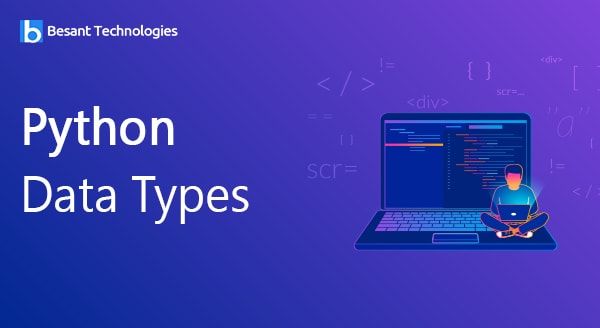
Python Data Types
Python Data Types
Python contains five standard data types as listed
- Numbers (int,long,float,complex)
- String
- List
- Tuple
- Dictionary
Numbers (int,long,float,complex)
Made by the python variable method, python normally converts numbers from one type to another as per the requirement but python conversion functions like complex, long, float and int can also be used.
Example:
integer value a=200 float value b=134.2388 Complex value c=300+3k
String
When a string is chosen, Python recognizes it as per the double or single quotes entered around the text. Strings are normally used to display the written program.
List
Lists are a Python version of arrays in other programming languages. Lists can be different always making it a key tool of Python. Implementation of stacks and queues is one of the most important functions of list and they are alterable.
Example:
only strings
b=["Enjoy","your","Life"] print(b)
list of having both integers and strings
p= ["We","have",2,"go keep on learning"] print(p)
Tuple
Tuple and list are very much similar apart from the difference that a Tuple cannot be amended upon implementation.
Example:
Tuple having both integers and strings.
p= ("We","have",2,"go keep on learning")
Print (p)
Dictionary
Python dictionary is a non-sequential set of items. Having a key as a value pair is what differentiates dictionary from other data types.
Example:
p = {1:”EmpName”,”EmpDept”:”Development”, “Salary”:33000} print value which key is 1 Print (p[1])
Click Here -> Get Prepared for Python Interviews


